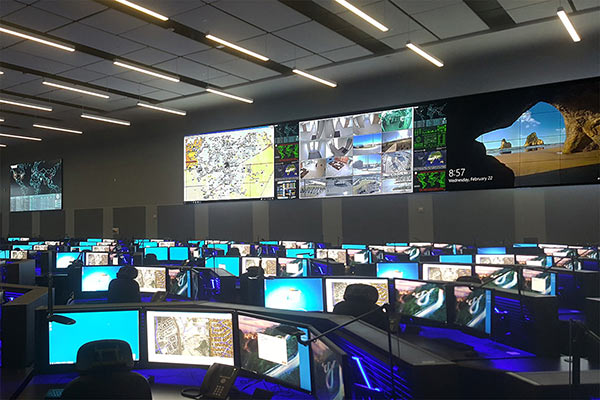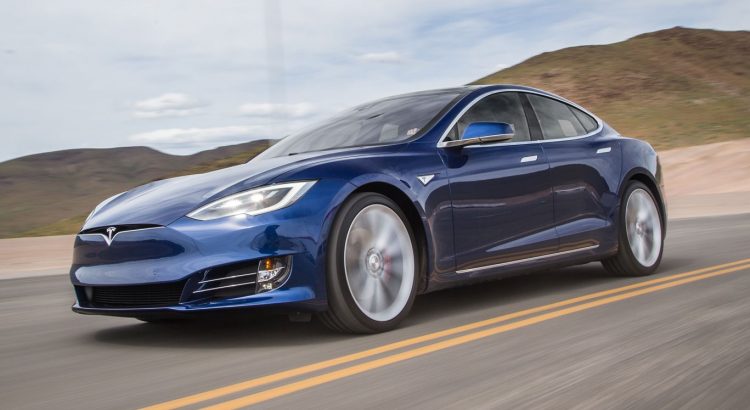Summary: Budget shopping for new equipment doesn’t have to cost you an arm and a leg.
Running a command center requires allocating the necessary funds towards a functional video all to ensure data is being streamed and the operators have a quality system they can work with. This article discusses how you can shop for video wall equipment without using your entire budget.
Choose Features Your Operators Need
One of the most important aspects of creating a video wall system is figuring out what features are needed. First off, you’ll want to consult with the supervisor or manager that’s running the command center to break down a list of equipment that’s needed. Without the proper equipment, it’s nearly impossible for the operators to do their job.
However, when it comes down to it, it would be wise not to spend more than what is actually needed for your operations center workstations. Be sure to allocate your money towards equipment that you operators actually need, as oppose to it being a luxury. Remember, if it’s not helping your business, then you could be overspending.
Improving Other Areas of Your Command Center
If you have a set budget that you’re working with, you’ll want to consider the other aspects of your command center as well. Take the time to look at your budget, figure out what you’re willing to spend, and determine whether other areas of the center require an upgrade.
As a matter of fact, you may not even blow through our budget and still be able to increase your command center’s efficiency by making small upgrades here and there. Experts recommend creating a checklist to see what needs to be upgraded around your center. This way, you’ll have a shopping list that you can always trim down – depending on what’s necessary.





